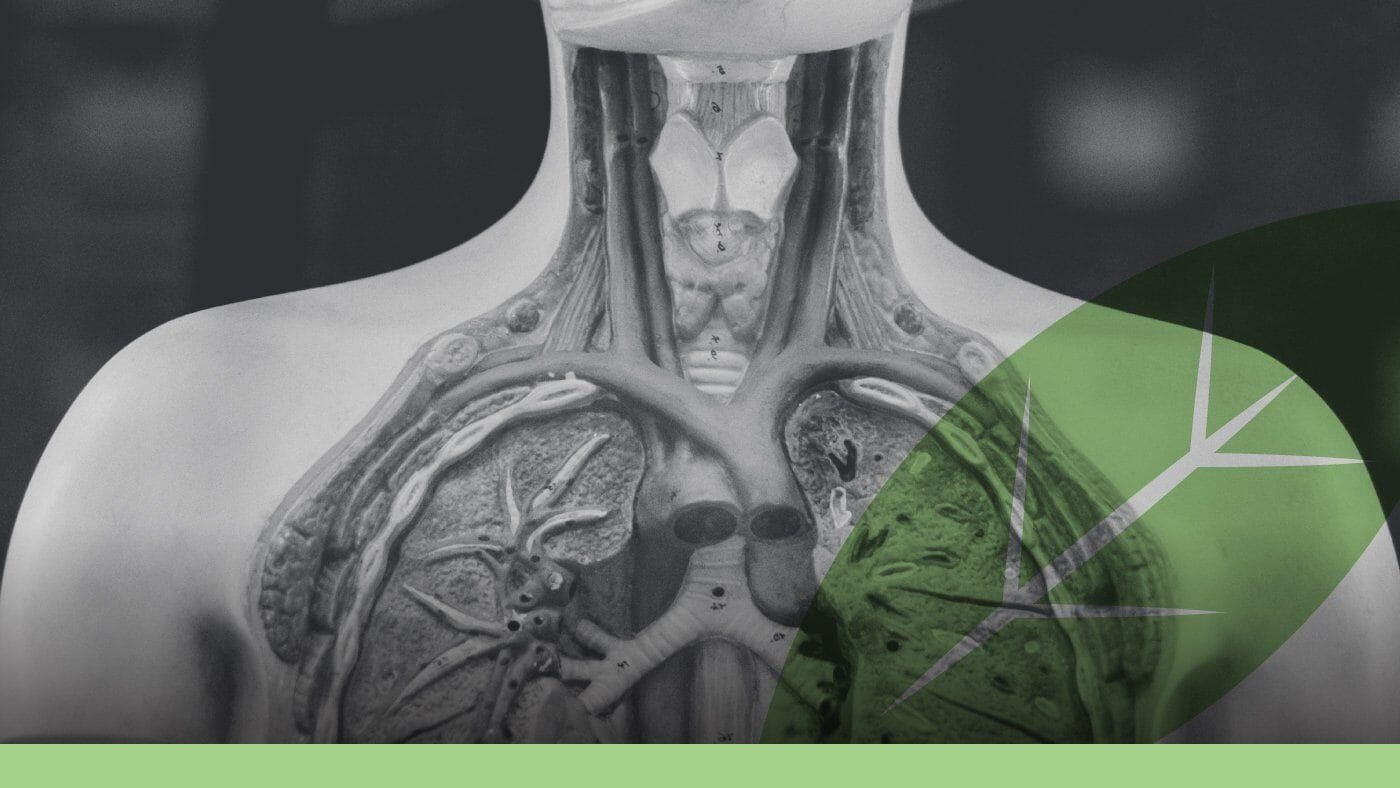Your Cart is Empty
ALL ORDERS WILL BE INVOICES THROUGH SQUARE - USE CODE SQUARE FOR 30% OFF YOUR ORDER TODAY!
ALL ORDERS WILL BE INVOICES THROUGH SQUARE - USE CODE SQUARE FOR 30% OFF YOUR ORDER TODAY!
ALL ORDERS WILL BE INVOICES THROUGH SQUARE - USE CODE SQUARE FOR 30% OFF YOUR ORDER TODAY!

November 28, 2018 2 min read
The Endocannabinoid System is found in every animal, except for insects, and regulates a broad range of biological functions. The ECS is a biochemical control system of neuromodulatory lipids (molecules that include fats, waxes, sterols and fat-soluble vitamins such as vitamins A, D, E and K and others) and specialized receptors config- ured to accept certain cannabinoids. In general, a given receptor will accept only particular classes of compounds and will be unaffected by other compounds, just as a specific key is needed to open a lock. (Go even deeper with this blog post.)
Specialized receptors are located throughout the human body, including but not limited to, in the hippocampus (memory, learning), the cerebral cortex (decision-making, emotional behavior), the cerebellum (motor control, coordination), putamen (movement, learning), the hypothalamus (appetite, body temperature) and the amygdala (emotions). When a specific cannabinoid or combination of cannabinoids bind to a specialized receptor, an event or a series of events, is triggered in the cell, resulting in a change in the cell’s activity, its gene regulation and/or the signals that it sends to neighboring cells. This process is called “signal transduction.”
First detected in the brain, science now shows that CB1-R are also located in many other organs, connective tissues, gonads and glands. CB1-R are not found in the medulla oblongata (the part of the brain stem responsible for respiratory and cardiovascular functions). CB1-R play an important role in the coordination of movements, spatial orientation, sensory perceptions (taste, touch, smell, hearing), cognitive performance and motivation. (Read more on how the body metabolizes CBD here)
The most important function of the CB1-R is the reduction of excessive or inadequate signaling by the neurotransmitters (messengers) in the brain. By the activation of the CB1-R, the hyperactivity or hypoactivity of the messengers (e.g., serotonin, dopamine) is regulated back into balance. For example, when THC binds to CB1-R, activity in the pain circuits is inhibited, thus resulting in reduced pain. Many other symptoms such as nausea, muscle spasticity and seizures can be alleviated or diminished with cannabinoid therapy.
CB2-R are primarily associated with the immune system and found outside of the brain in such places as the gut, spleen, liver, heart, kidneys, bones, blood vessels, lymph cells, endocrine glands and reproductive organs. For example, CBD is keyed to CB2-R, and good evidence shows CBD is a beneficial strategy to lessen the impact of certain negative bodily reactions. Until recently, it was believed that CB-2R played no role with nerve cells or bundles. However, studies now show that it also plays an important role in the signal processing of the brain. (A deep dive on understanding cannabinoid receptors)
A third receptor that gets little attention is the transient receptor potential vanilloid-type one (TRPV1). The function of TRPV1 is to detect and regulate body temperature. In addition, TRPV1 is responsible for thesensationsofextremeexternalheatandpainandissubjectto desensitization.Therefore,ifcontinuouslystimulated,thepathwaywill eventuallyslowdownorevenstop.Thisraisestherapeuticpossibilities foragentstoeffectivelytreatcertainkindsofneuropathicpain.
How are others using CBD in their daily lives? What recent news stories and articles are coming out about CBD? Sign up for our introductory email series. Oh, and you’ll get sweet discount codes.